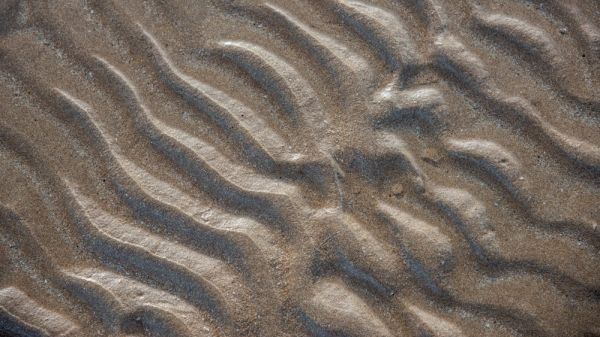When Ashwin Gadgil, a doctoral candidate in the Department of Ocean Engineering at Texas A&M University at Galveston, was tasked by the U.S. Army Corps of Engineers to design beneficial-use islands in the Corpus Christi Bay using dredged sediment pulled from the channel, several things were on his mind. Perhaps most important was to design the islands in such a way that the least amount of sediment was transported back into the channel by nature.
“This was a common theme that I observed in all the coastal projects I’ve worked on: everybody is really worried about where sediment ends up in a coastal region,” Gadgil said. “Especially when it ends up in a ship channel, because dredging up millions of cubic yards of sediment from a ship channel is exceedingly expensive, particularly when sediment starts showing up in places where you’re not expecting it.”
Taking this observation and expanding upon it, Gadgil now works alongside faculty advisor John “Bert” Sweetman, ocean engineering professor, on several projects to develop models and/or methods to predict the movement of sediment in coastal areas.
Continue reading at Texas A&M University
Image via Texas A&M University


